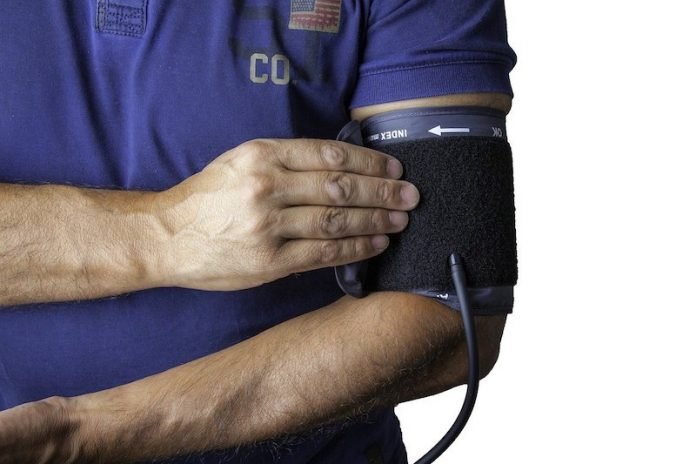
The 2017 American Heart Association recommends the use of out-of-office blood pressure measurements such as ambulatory blood pressure monitoring (ABPM) before making a new diagnosis of hypertension.
Ambulatory monitoring involves a patient wearing a cuff that automatically checks blood pressure every 30 minutes during the day and every 60 minutes at night.
However, in a recent study at Kaiser Permanente Washington, researchers found that this approach is not common in routine practice.
They found that the majority of health care professionals are not following current, evidence-based practices to screen and diagnose high blood pressure.
The study was presented at the virtual American Heart Association’s Hypertension 2020 Scientific Sessions. One author is Beverly Green, M.D., M.P.H.
In the study, the team developed a survey for health care professionals to evaluate their knowledge, beliefs, and practices regarding current hypertension diagnostic tests.
In total, 282 professionals across 10 primary care medical centers responded.
Survey results showed 79% of professionals believe that blood pressure measured manually with a stethoscope is a very or highly accurate way to assess blood pressure.
More than 96% of health care providers reported that they always or almost always relied on clinic blood pressure measurements in making a new diagnosis of hypertension.
However, 60% of physicians would prefer using ABPM if available.
The team found surprised that blood pressure measurements taken manually with a cuff and stethoscope was the most trusted method, and most often utilized when making a new diagnosis of high blood pressure.
Additionally, most physicians and advanced practitioners thought the threshold for high blood pressure for 24-hour ambulatory or home blood pressure monitoring was >140/90 mm Hg, which does not reflect the updated new ACC/AHA or prior hypertension guidelines.
According to the new guidelines in 2017 from the American Heart Association, high blood pressure should be defined as >130/80 mm Hg.
Copyright © 2020 Knowridge Science Report. All rights reserved.



